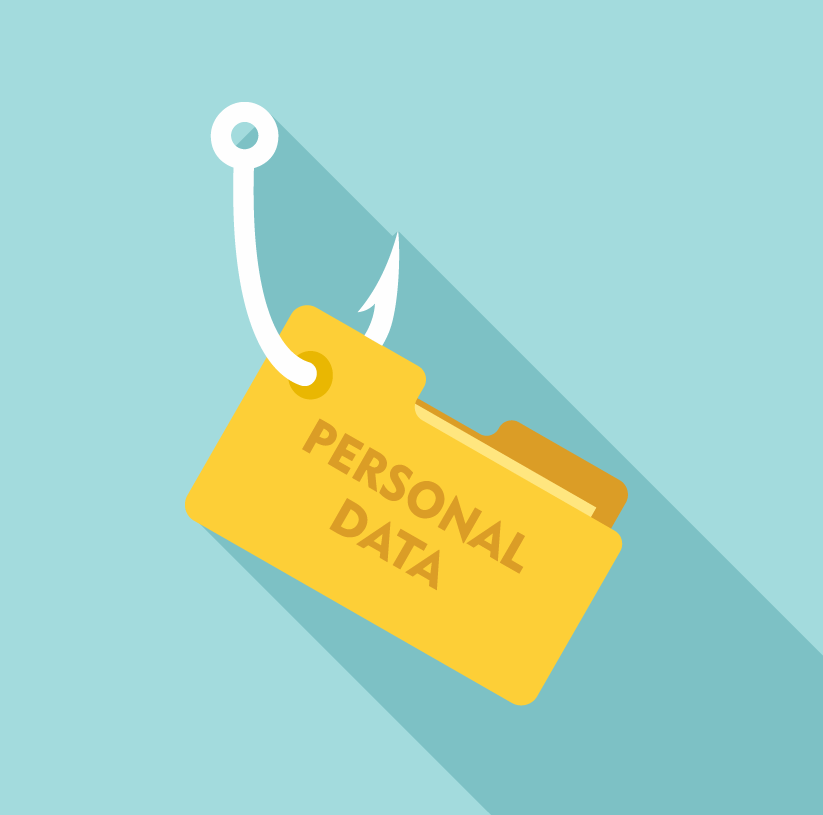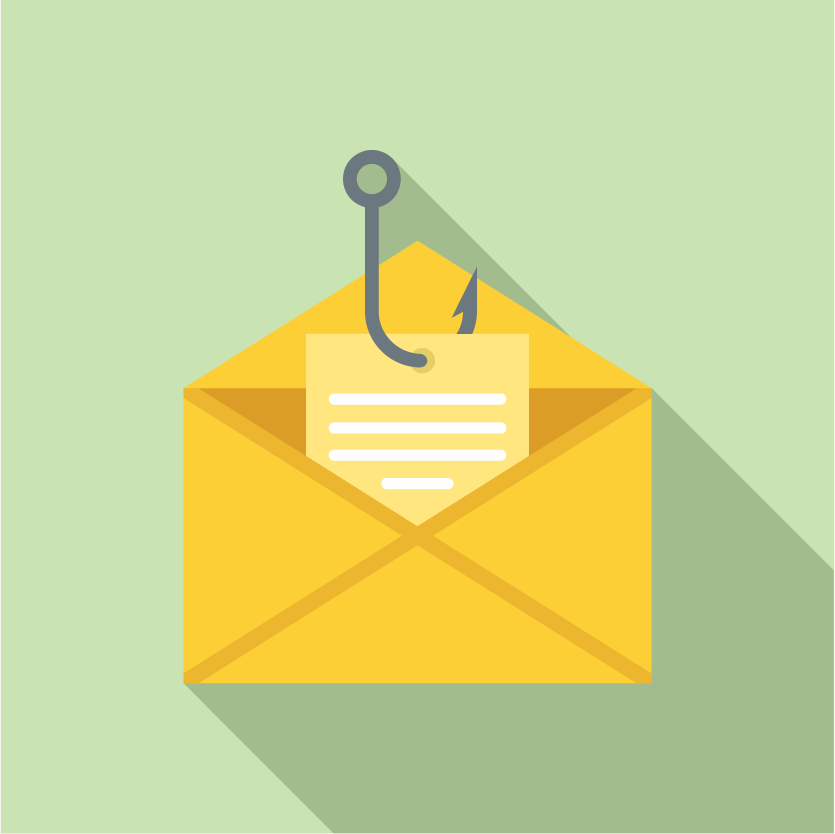Why is Cybersecurity Important?
Each day, we take part in a world that is more digital and connected than ever. In an age of tweets, hashtags, "likes", free shipping, and TikTok trends, it's hard to imagine a type of information that isn't being shared on the web. But as global connectivity increases, so does the need to protect ourselves online.
At UTSA, we are committed to educating and empowering you to keep your information safe. This website is your Roadrunner hub for insight, tips, and updates on how to identify and prevent yourself from being the victim of a cyberattack.
What Kind of Data Do I Need To Protect?
The first step to being cybersecure is to understand what information may be valuable to an outside party and how they could gain access to it.
Here are some of the most common types of sensitive data:

|
What types of cyberattacks are out there?
A cyberattack is where an attacker tries to gain unauthorized access to information for a nefarious purpose like theft, extortion, or disruption.
Some of the most common types of cyberattacks are:

|
What are some ways I can protect myself online?
With the rise in use of social media, people are making huge amounts of personal information available to the online world, making it more difficult to protect valuable data. Fortunately, there are a variety of ways to protect your own online identity and information. Here are a few of the best methods:
- Use Strong Passwords (a strong password includes a combination of lower and uppercase letters, special symbols, punctuations, and numbers)
- Look for Encryption (the use of "https" and a lock icon to the right of an address bar is a sign of encryption)
- Use Multi-factor Authentication (an authentication method which grants users access only after presenting two or more pieces of evidence to an authentication mechanism, e.g., DUO)
- Make Sure your Devices are Up to Date (updating your devices allow your software to run smoothly and may address issues identified by the developer that could present a risk to your device and/or data)
- Be Smart with your Financial Information (cybercriminals can impersonate a financial institution and request any personal information to gain access to sensitive information such as your bank account number)
- Don't click on Strange Links! (clicking on strange links can expose you to malware which can covertly download to your device)
